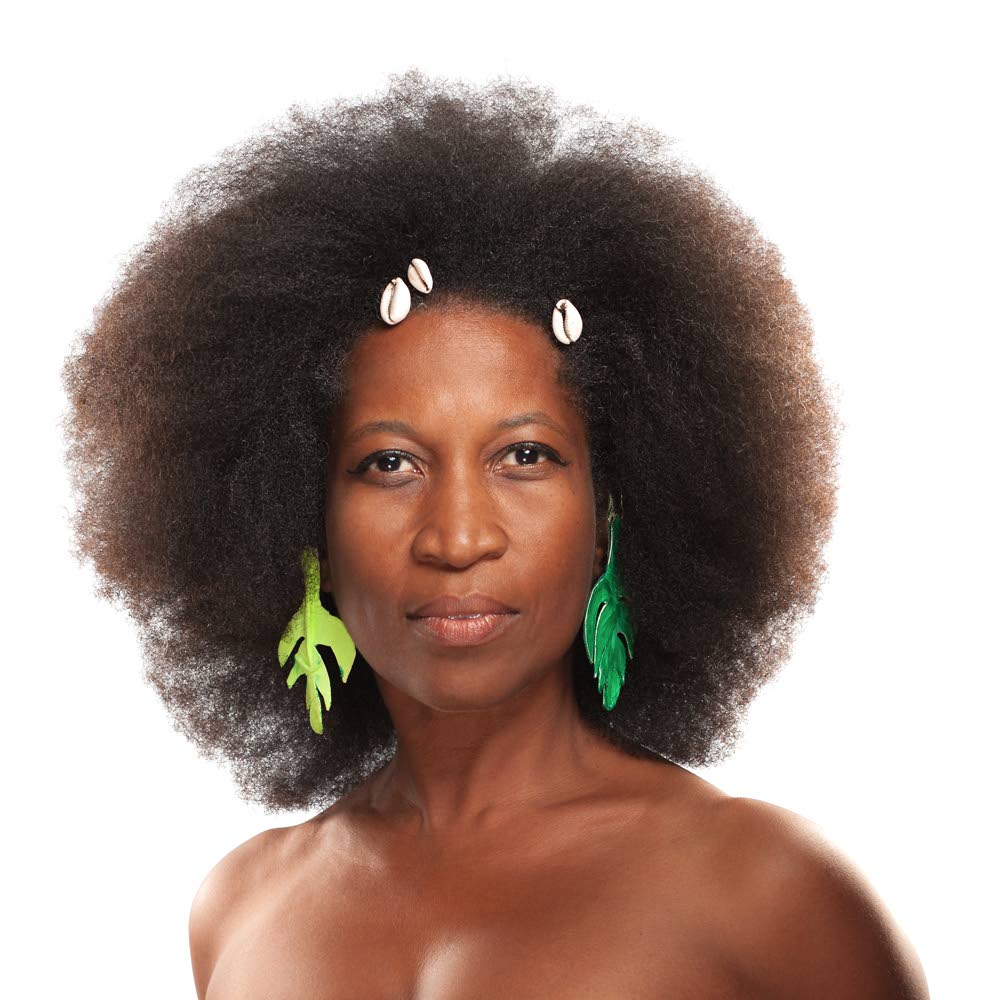The culture of cultural development: A look at TT (part 2)

SONJA DUMAS
Part II
WHILE THE visual and performing arts world does indeed have its pockets of strong traditional and contemporary activity (including several still intriguing aspects of Carnival and Best Village), the average person still isn’t educated enough in the basic history and function of the arts to form cogent opinions of what is important, why it’s important, and why it should be preserved and/or developed. There’s a kind of ingrained cultural semi-literacy that is no fault of the population.
Is it perhaps the failure of the education system to understand the civilising nature of the arts, and to deliver it to the schoolchildren of the nation on a consistent and genuine basis?
While there have been visual arts and music options for high school exams for decades, and the CXC performing arts curriculum for about a decade and a half, the importance of the arts is often lost in the wider society. There are tertiary performing arts programmes (one of which I helped to create) but they live in constant fear of being cut from the institutional framework – both for valid cost reasons and for reasons of sheer lack of vision.
I therefore get the distinct impression that we might have to wait for another generation or two to grow to adulthood before the arts are taken seriously as a regular profession.
The arts were, for a long time, simply the agent of a post-independence nationalist agenda, and that, in my opinion, is the culture of how we still approach them. This vaguely proletarian notion that “culture” is “the people” and the people are the (multicultural) nation is itself a culture – a culture of a few people at the top constructing and maintaining an ill-fitting patriotic narrative.
I humbly submit that it is one of the major stumbling blocks to our cultural development.
Here’s one example: fast-forward from the young Caribbean woman in the sixties looking at a nearly all-white painting in Europe to the late nineties, in Trinidad, where her child, now fully grown and then some, is a cultural development entrepreneur listening to a young, talented and highly distraught visual artist on the other end of the phone line.
“What to do?” he asks me. He submitted a proposal to a national body which invited applications for sculpture designs for a sculpture park in another Caribbean island.
The project called for one design from each participating island-nation. He had been called to a meeting with the representative of the national body and had been admonished because his proposed design did not really represent TT, since it did not contain an image of the TT map or flag (I forget which one).
That the visual imagery which emanates from our artists’ imagination must, at a nationally-funded level, contain a mandatory national symbol is so far from the principles of good art that all I could tell the artist was to walk away from the project. I couldn’t see any room for negotiation, since he was dealing with someone who had no notion of the true purpose of art.
That was an extreme example from many years ago, and I hope things have changed for the better for projects like that. But it illustrates the disconnect between an artist’s vision, the intrinsic value of the art that he or she creates, and the person or institution charged to support it.
Is there an unspoken philosophy that the keepers of the nation must define the arts, as opposed to the arts defining the nation?
If I had my druthers, ministries all over the world would drop the word “of” from their title. Especially for something as intrinsic as culture. A ministry of culture suggests that it is responsible for culture. But it is the people who create and are responsible for culture. The ministry is an agency to sustain cultural development, supporting those who create and contribute to the culture. A subtle shift, but an important one.
And expressions of culture are so important that I would make it a stand-alone ministry, instead of continuing the tiresome exercise of tacking it on to education, community development, tourism or youth. It can stand on its own.


Comments
"The culture of cultural development: A look at TT (part 2)"